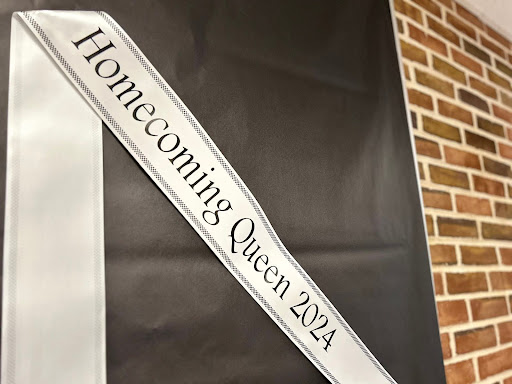
By Claire Shenk ‘25
CV’s Homecoming week, which happened September 24 – 27 this year, is always a big hit! But many of you might be wondering how this festive event came about and who was coined as the first Homecoming queen.
Although many colleges claim to be the first, the University of Illinois takes the cake after two alumni brought up the idea of Homecoming in 1910. Seniors Elbow and Williams suggested the idea, according to the University of Illinois website.They wanted to “do something really big” before they left. And what better way to do that than a celebratory football game?
The Homecoming football game was born, with an extravagant parade to celebrate the homecoming of the alumni. Large crowds gathered around to watch beautiful floats carry the alumni around their Alma Mater. On October 14, 1910, the first Homecoming game took place at the University of Illinois, with nearly 1,500 alumni attending. The stands were packed to watch the game against the University of Chicago Maroons. The home team ended up dominating the Maroons, declaring the first Homecoming a big success.
Soon the idea of Homecoming spread across colleges and highschools in the US. But it wasn’t until the 1930’s that the idea of a Homecoming queen was born. The Homecoming queen was decided based on how beautiful their float looked, while the king was chosen based on personal qualities.
Betty Walker was crowned the first Homecoming queen in 1950, according to the University of Tennessee. But the title of Homecoming queen caused some controversy and protesting, so eventually it was abolished in 1954 due to its objectification of women. It was reinstated in 1982, but protesting continued until 2002, when they changed the voting system. Rather than electing a queen based on physical qualities, they were chosen based on their leadership roles and personality, which is much like the voting system in place now.
Although Homecoming has evolved throughout history, it still brings people together today. Homecoming is still a week filled with community and entertainment that allows people to embrace the school community.
Sources
